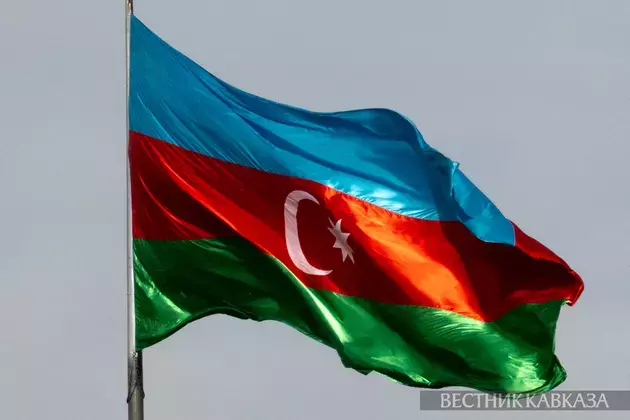Exactly four years ago, on Sunday, September 27, 2020, the first large-scale clashes of the last act of the thirty-year Karabakh War, called the Patriotic War of Azerbaijan and often referred to as the Second Karabakh War, took place.
On this day, early in the morning, the Armenian occupation forces in captured Karabakh launched a massive artillery shelling of Azerbaijani villages adjacent to the line of contact of the troops, preparing the conditions for their occupation in accordance with the Armenian military strategy of "new war - new lands" adopted in the summer of that year. The Azerbaijani Supreme Commander-in-Chief decided to immediately launch a counteroffensive operation to ensure the safety of the civilian population of Azerbaijan.
The fulfilment of this task required at least pushing the occupation forces back from the former contact line, where the Karabakh war was suspended in 1994, deep into the occupied territories. However, over the 26.5 years of the ceasefire, Armenia had built a powerful, deeply echeloned defense on this line, expecting that sooner or later the war would resume. Baku did not launch a frontal assault on the occupiers' fortifications. Instead, the Azerbaijani army focused on breaking through at two key points: Mount Murovdağ near the Armenian border and on the coast of the Araz. Control over the heights of Murovdağ was required to stop the supply of occupation forces along the main route in the Kalbajar region. What is more, a breakthrough in the Fuzuli region was needed to quickly enter the enemy's rear, who was expecting a counterattack in completely different places. At the same time, the battle near Aghdere began, forcing the occupiers to concentrate their troops at this point and distracting them from the battles in the northwest and south of the occupation zone.
On September 27, 2020, Murovdağ was taken under control, and the defense of the Armenian occupiers in the Araz Valley was broken through. On this day, the first four villages in the Fuzuli region were de-occupied. The positions of the invaders in the south turned out to be so weak that on the very first day, the Azerbaijani troops reached the Jabrayil district, liberating two villages there. Even in the Aghdere direction, where the Armenian command had repeatedly boasted of the strength of the occupation defense, strategic heights were taken under control.
Thus began 44 days of victorious liberation of the Karabakh and East Zangezur economic regions of Azerbaijan by the Azerbaijani army. The invaders held out for less than a week, and then their defense collapsed like a house of cards. On October 3, the very super-fortified section of the occupation line near Aghdere was destroyed, the strategically important villages of Talış and Sugovushan in the Tartar region were liberated. The next day, that is, exactly a week after the start of the Patriotic War of Azerbaijan, the Armenian occupiers were expelled from the city of Jabrayil. On October 9, with the liberation of the village of Hadrut, the deoccupation of the Khojavand district began. On October 17, the Azerbaijani army deoccupied the city of Fuzuli. On October 20, the city of Zangilan was liberated. The city of Gubadli was deoccupied on October 28.
Throughout this time, dozens of villages in the Fuzuli, Jabrayil, Zangilan, Gubadli, Tartar and Khojavand districts were constantly liberated from the occupation forces. By the end of October, a secret special forces operation was prepared to liberate the heart of Azerbaijani culture, the city of Shusha, and in early November, Shusha was liberated: Azerbaijani troops approached the city along mountain paths, climbed to the heights, and stormed the positions of the occupiers without artillery and air support, only by their own forces in street battles. On November 8, Azerbaijani President, Ilham Aliyev, officially announced the expulsion of the invaders from Shusha, and from that moment on, desertion in the ranks of the Armenian occupation forces acquired an avalanche-like character. The fact is that Shusha is also a strategic height in close proximity to Khankendi. Therefore, the invaders were cut off from the last road to Armenia and found themselves surrounded by the army of Azerbaijan, so the occupiers had three ways out: desert, surrender, or die.
In fact, the Karabakh war was completely won on November 8. Therefore, this date is celebrated in Azerbaijan as Victory Day. Officially, it ended on the night of November 9-10 with the capitulation of Armenia and the signing of the Trilateral Statement of Baku, Moscow and Yerevan on post-war actions. And today's date is celebrated in Azerbaijan as Remembrance Day, when the residents of the republic that won the fight for its sovereignty remember and pay tribute to the martyrs who died for the liberation of their homeland from the occupiers.






